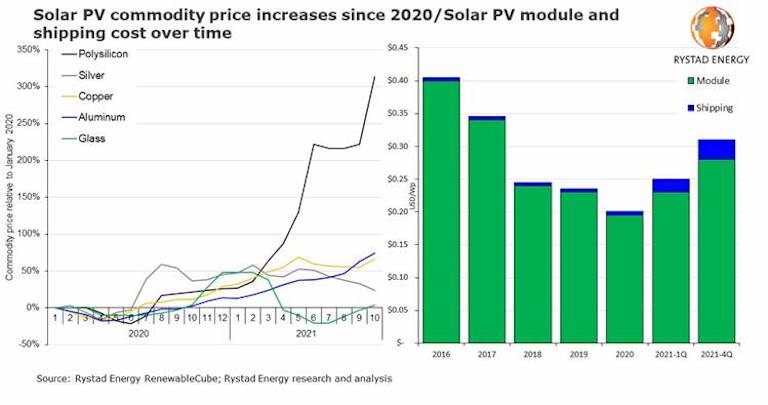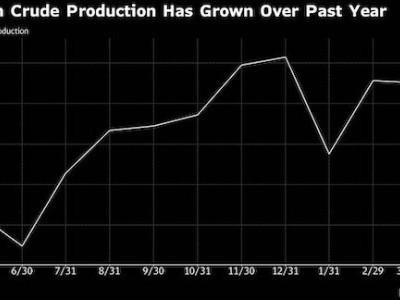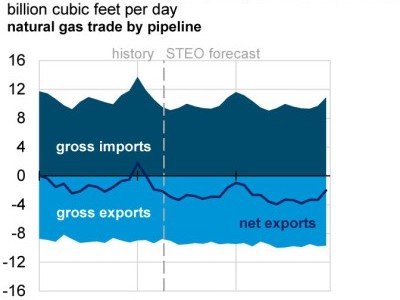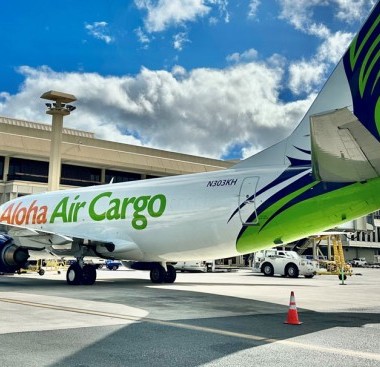Most of 2022’s solar PV projects risk delay or cancelation due to soaring material and shipping costs
Oct 26, 2021The surging cost of manufacturing materials and shipping could threaten 50 gigawatts (GW) – a staggering 56% – of the 90 GW of global utility PV developments planned for 2022, a Rystad Energy analysis shows. Commodity price inflation and supply chain bottlenecks could lead to the postponement or even cancelation of some of these projects, impacting demand and consumer pricing for solar-generated power.
Driven by core component price inflation, manufacturing costs for PV modules have surged from below $0.20 per watt peak (Wp) in 2020 to between $0.26 and $0.28 per Wp in the second half of 2021 – a near 50% increase in a year.
A significant driver of this surge is a more than 300% hike in the cost of polysilicon, a core component in PV manufacturing. In addition, other raw materials – silver, copper, aluminum and glass – have also climbed steadily since January 2020, increasing the pressure on module prices.
"The utility solar industry is facing one of its toughest challenges just days ahead of COP26. The current bottlenecks are not expected to be relieved within the next 12 months, meaning developers and offtakers will have to decide whether to reduce their margins, delay projects or increase offtake prices to get projects to financial close," says David Dixon, senior renewables analyst at Rystad Energy.

In addition to materials cost inflation, shipping is another element in the supply chain causing considerable challenges for developers and module suppliers. The cost of shipping continues to rise, playing more of a role in overall production capital expenditure. Before 2021, the cost of PV shipping had a minimal impact on the overall production cost. However, pandemic-era shipping delays and bottlenecks have resulted in a near 500% increase in prices, from $0.005 per Wp in September 2019 to $0.03 per Wp in October 2021.
Modules and their associated shipping costs typically comprise between a quarter and a third of the total project capex and together represent the single-largest item of a project's cost. When the cost of modules – and shipping – increases, it can significantly impact project economics.
Rystad Energy performed a sensitivity analysis to determine the levelized cost of electricity (LCOE) for different plant sizes comparing last year’s module and shipping costs with current costs. The results show that the LCOE of new projects has increased by between 10% and 15%, a major cost bump for most of the projects planned for 2022. Seeing their projects at risk, developers may have to resort to negotiating higher power purchase agreements (PPA) or absorbing some of the cost inflation, accepting higher project costs and lower margins.
Similar Stories

Gibson bets on Permian strength powering US oil exports growth
View Article
Norway’s Crown Prince urges Norway & California collaboration on offshore wind
View ArticleCongressional leaders discussing Iran oil sanctions, Senator Cardin says
Congressional leaders are discussing how to push ahead with legislation that would place sanctions on importers of Iranian oil, with the issue gaining momentum after the nation’s direct attack on…
View ArticleRussian crude shipments surge to the highest in almost a year
Exports swelled to 3.95 million barrels a day in the week to April 14
View ArticleIndia’s Reliance tries to sell US oil as Russian flows gain
Reliance Industries Ltd. offered US oil to other buyers in Asia last week, an unusual move for refiners who rarely seek to resell crude within weeks of buying it.
View Article
TODAY IN ENERGY: U.S. natural gas trade will continue to grow with the startup of new LNG export projects
View ArticleGet the most up-to-date trending news!
SubscribeIndustry updates and weekly newsletter direct to your inbox!





